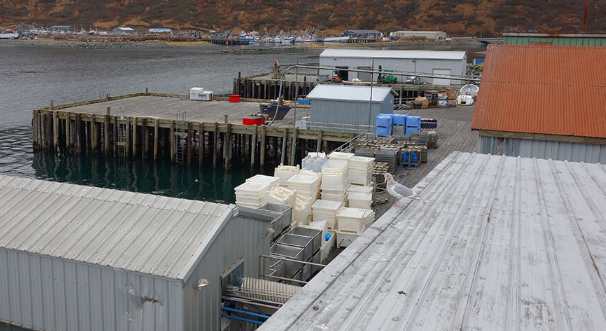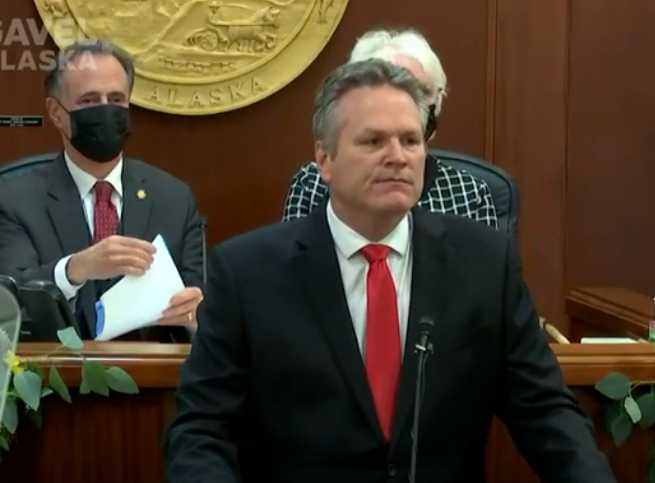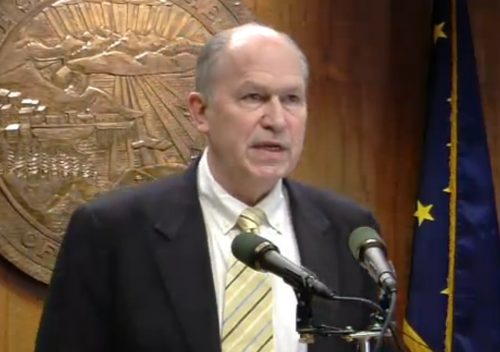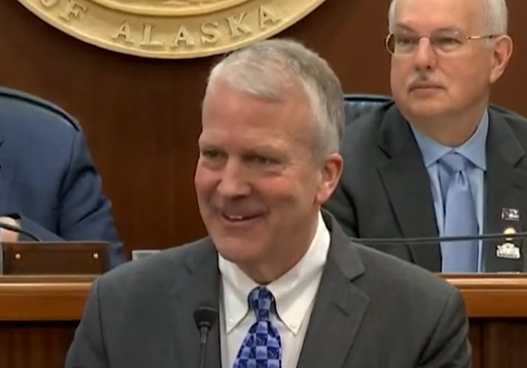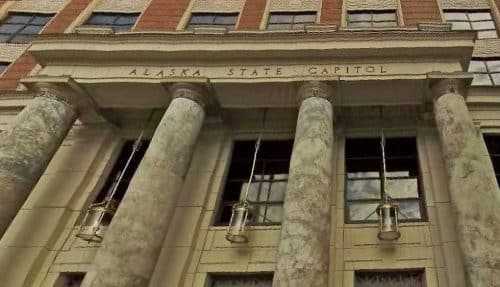 ANCHORAGE—Governor Bill Walker’s fiscal year 2018 (July 1, 2017 – June 30, 2018) budget reduces state spending while supporting vital services and protecting the permanent fund dividend. The proposed $4.2 billion unrestricted general fund (UGF) operating budget is 23 percent lower than when Governor Walker took office two years ago. To lead by example, Governor Walker will take a one-third pay cut.
ANCHORAGE—Governor Bill Walker’s fiscal year 2018 (July 1, 2017 – June 30, 2018) budget reduces state spending while supporting vital services and protecting the permanent fund dividend. The proposed $4.2 billion unrestricted general fund (UGF) operating budget is 23 percent lower than when Governor Walker took office two years ago. To lead by example, Governor Walker will take a one-third pay cut.
“We have reduced state spending by more than $1.7 billion, and will continue to seek efficiencies and contain costs,” Governor Walker said. “We have closed dozens of state facilities across Alaska, impacting services Alaskans have grown accustomed to receiving. But Alaskans are increasingly looking for budget stability to protect Alaska’s economy. We can’t cut our way to prosperity. Since 2013, we have cut state spending by 44 percent. To fund services Alaskans rely on, it’s critical to discuss new revenue. We look forward to working with the legislature to pass a sustainable fiscal plan during the upcoming session.”[xyz-ihs snippet=”adsense-body-ad”]The Walker-Mallott administration’s three-part fiscal plan for this year’s budget is to 1) continue cutting the size of government; 2) re-plumb the state’s wealth through sustainable use of the Permanent Fund Earnings Reserve to ensure the dividend program continues while providing funding for essential state services; and 3) generate new revenue through broad-based taxes.
Spending Cuts
There are currently 2,500 fewer state employees than two years ago, and 400 more state jobs are expected to be eliminated by December 2017.
“When it comes to reducing the number of employees on the state payroll, we tried to minimize harm to the overall economy as well as give staff reasonable notice,” said Office of Management and Budget Director Pat Pitney. “Any time an Alaskan loses his or her job, it hurts Alaskan families and the ripple effect hurts Alaskan businesses.”
- Nearly all state workers will be required to take at least two unpaid days off (furlough days) and contribute more toward health care coverage. Automatic cost-of-living increases have been eliminated in all contracts negotiated to date.
- Governor Walker is proposing legislation to freeze remaining step increases for non-unionized employees, effective July 1, 2017. The bill is expected to reduce state spending by $10 million over two years.
- Starting July 1, 2017, Governor Walker will take a one-third salary reduction—about $48,000 less than the $145,000 set in statute. For the past 15 months, the Governor has declined per-diem payments while in Anchorage, and will continue to do so.
“While my pay cut will certainly not balance the state’s budget, I believe it is important to lead by example,” Governor Walker said. “These are tough times for many Alaskans and fixing the state’s deficit requires that we all make sacrifices and pull together.”
- The Alaska Department of Administration is currently working to consolidate common administrative functions, like accounting, facilities management and information technology through the Shared Services project.
- Each state agency has cut spending. The Department of Commerce, Community and Economic Development has seen the highest percentage reductions at 70 percent since Governor Walker took office. The Department of Health and Social Services saw the largest reduction in state funding at $150 million in spending reductions.
Governor Walker also halted all state spending on the Juneau Access Project.
Leveraging the State’s Wealth: Permanent Fund Protection Act
Governor Walker re- introduced the version of the Permanent Fund Protection Act (PFPA) that passed the Senate earlier this year. The bill creates a formula for a sustainable draw from the Permanent Fund’s Earnings Reserve Account (ERA) to provide consistent funding for government services, such as public safety, education and transportation. The PFPA also better ensures a dividend of at least $1,000 for 2017, and maintains dividends for about the same amount for years to come.
New Revenue
Governor Walker also proposed a motor fuels tax which, if passed by the legislature, would be the first significant statewide increase Alaskans have paid since 1970. The revenue generated would cover transportation costs, like road maintenance and snow removal.
Even with the improved oil price forecast, the Walker-Mallott administration’s FY2018 budget proposal leaves an $890 million gap between spending and revenue. Governor Walker said he looks forward to working with members of the legislature to determine the most responsible means to sustainably balance the budget and close the gap this year. The revenue measures the Governor introduced earlier this year can be re-introduced following discussions with the legislature.
Link to OMB website: https://www.omb.alaska.gov/html/budget-report/fy2018-budget/proposed.html
Source:State of Alaska

